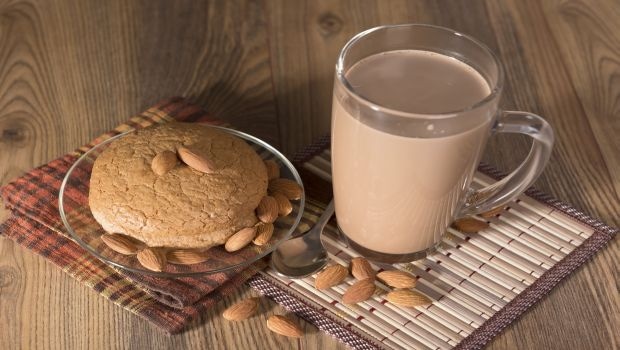Consumer demands are changing and are highly influenced by the increasing consumption of health products. Growing demand for food products such as dairy, bakery and confectionery, cereals, meat, and sports drinks will help drive the prebiotic ingredients market to an estimated $5.5 billion by 2020, according to a new report from MarketsandMarkets.
July 8, 2015

Consumer demands are changing and are highly influenced by the increasing consumption of health products. Growing demand for food products such as dairy, bakery and confectionery, cereals, meat, and sports drinks will help drive the prebiotic ingredients market to an estimated $5.5 billion by 2020, according to a new report from MarketsandMarkets.
Prebiotics are indigestible carbohydrates, typically fiber or resistant starch, which can feed the good gut bacteria to allow a more beneficial microbial colon composition. Prebiotics are found in many whole foods, but also can be obtained from sucrose, lactose, spent osmotic sugar solution (SOS), yeast cells and pectin. Common examples in the marketplace today include inulin, fructo-oligosaccharides (FOS), resistant starch and lactulose. They are typically used in food and beverage applications to add nutritional value to the food products. With the advances in food technology, the requirement of prebiotic ingredients has grown at a substantial rate over the past decade.
According to the report, in 2014, the market was dominated by Europe, followed by Asia-Pacific. The Asia-Pacific market is projected to grow at the highest compound annual growth rate (CAGR), with rapid growth in the dietary supplements industry in developing countries such as India and China.
Prebiotic fibers—which are known for aid healthy digestion, support heart health and more—have shown promise in appetite regulation in adults, Be sure to check out Food Product Design’s free “Survival Guide: Fiber" Digital Issue that includes market data; insight into how fiber not only improves nutritional content, but finished-product quality and shelf life as well; trends in fiber; and a buyer's guide to help food product designers.
You May Also Like




.png?width=800&auto=webp&quality=80&disable=upscale)